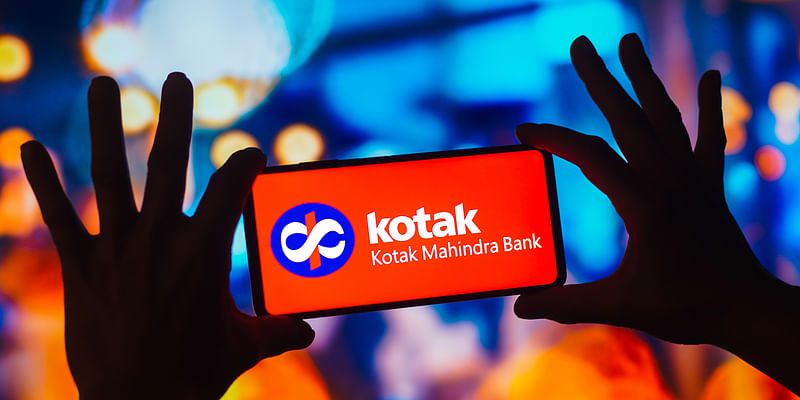Design craft, systems and leadership: Day One of DesignUp 2018 highlights the journey to purpose
The DesignUp 2018 conference and workshop series kicked off this week in Bengaluru, with three key sets of messages on the evolution of design.
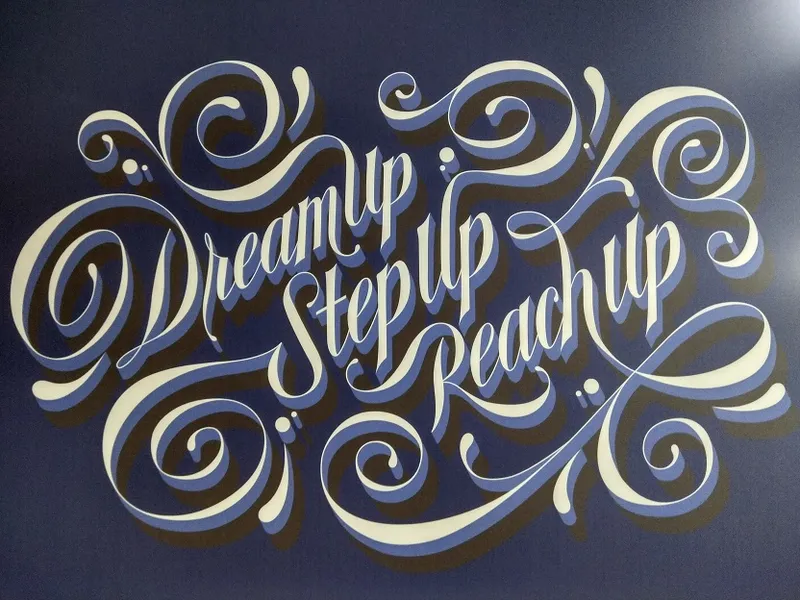
The DesignUp 2018 conference kicked off in Bengaluru on a thunderous note, literally, with a spectacular percussion jam anchored by Roberto Narain, head of DrumJam. The 750 attendees played djembe and tambourine for 40 energetic minutes, led by Roberto on drums.
The stage was set for a packed day of five keynotes, 10 workshops, 12 talks and two interactive panel discussions, followed by Design Dinners with the experts. Conference posters also showcased winners of the Lexus Design Award India 2018. In this overview of Day One of DesignUp, we feature key insights on design craft, systems and leadership (see also our first and second preview articles).
With speakers from all five continents, DesignUp has come to be regarded as one of the Top 20 design conferences in the world. See our coverage of the 2017 edition here, and the D-Zen section for more articles, conference reports, and expert tips on design.
Peyush Agarwal, Managing Director of DesignIt Bangalore, presented a framework of three kinds of leadership in design: personal, community and purpose. Personal leadership involves developing one’s own craft, knowing oneself, and forming effective habits.
Community leadership in design addresses projects, teams, communication, and culture. Thought leadership develops original perspectives, meaningful insights, and framing and re-framing of challenges; techniques like storytelling are effective here.
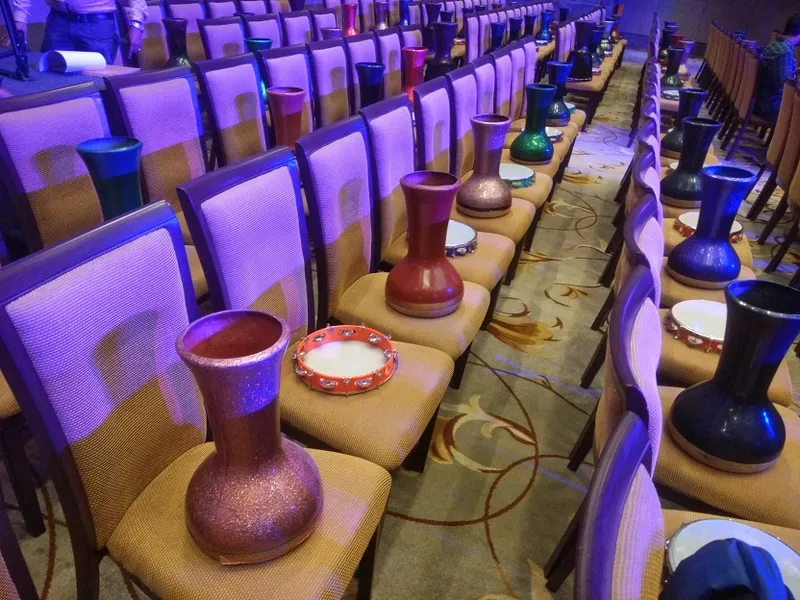
I. Design craft
Val Head, animation expert at Adobe, showed a range of techniques for improving web interfaces with animation. This helps create interfaces that have purpose and are not just pretty.
Continuity in animation techniques reinforces mental models for users, and the choreography of components should meet efficiency and expectations. “Entrances should inform exits,” Val joked, otherwise users will wonder where the moving components live.
Animation via shaking icons and even cute mascots can be used to give feedback on user actions, guide users to do important tasks, and provide useful hints. These can be augmented with incremental conversational style and even humour to make it easy for the user to fill out long forms.
Connecting multiple disciplines to design opens up new avenues for creativity, explained Anusha Yadav, Founder of the Indian Memory Project, a visual narrative initiative. “I see myself as a conduit,” she said. Being interested in many things allows designers to explore multi-potentialities and cross-pollination; this helps cluster perspectives and see larger patterns.
She showcased a fascinating range of her other projects as well, such as The Photo is Proof (forensics photography), Transfixed, and The Love Map Project (where participants use Google Maps to plot where they first fell in love!).
Designers also need to create space for research practices. Design projects should begin at questioning and not guessing, according to Shreya Toshniwal, Lead Researcher, Treemouse Research and Design. Her workshop focussed on taking a ‘seek the important, not the ideal’ approach to research, when organisations are faced with budget and time constraints.
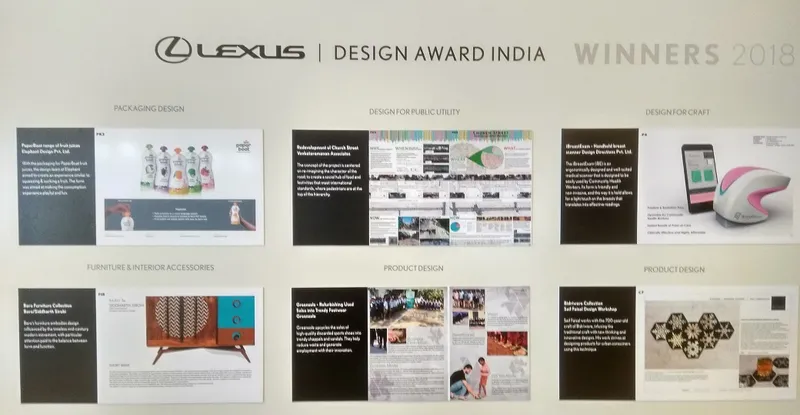
II. Design in the organisation
For scalable and consistent design, many organisations have evolved design systems, comprising standards, components, processes, roles, and design language. Design policies create reliable design and cohesive experiences for users, according to Hayley Hughes, Experience Designer at AirBnB.
She showed examples of journey systems, research metrics, and journey boards at AirBnB that help make it easier and faster for renters to become comfortable with the experience. This involves thinking of the customer’s journey as a full-length story, and not narrow or transactional incidents.
Design teams should also master the science and art of seeking, getting and interpreting feedback, advised Davide Castelli, Product Experience Director at Automattic, which is the maker of the hugely popular WordPress platform. This applies to feedback from customers as well as employees. Feedback can be supportive and specific, but should not be primed.
Regular and constructive feedback helps create high-performance organisations. Confirmation feedback validates direction and decisions, reinforces belonging, and builds trust. Organisations should create a “safe zone” where errors are admitted and accepted, apologies offered, and vulnerability is shared (see also my reviews of the related books The Culture Code and Multiplier).
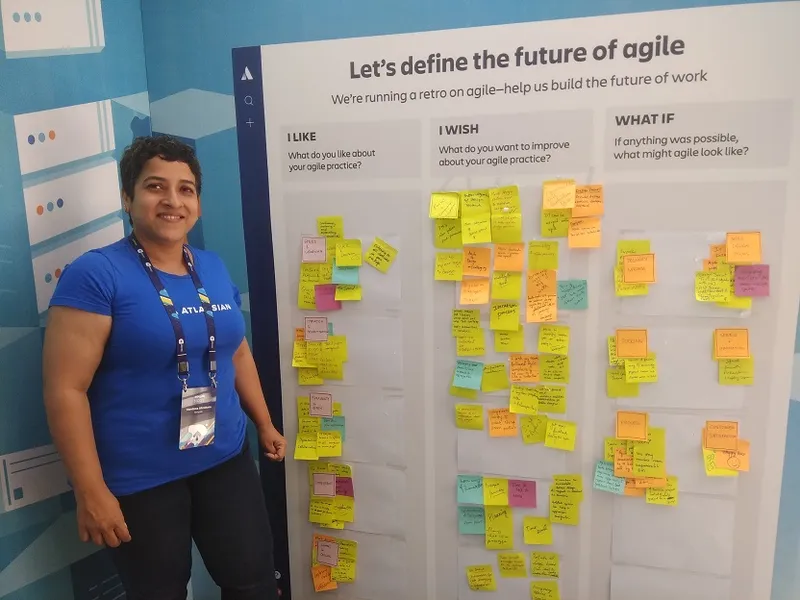
Design teams should deeply embrace the principles of “listen, feel and unite,” explained Lauren Celenza and Rajiv Arjan, from the design and research team at Google Maps. Through a case study of how they designed Google Maps for two-wheelers in Indonesia and India, they illustrated the importance of joint field trips, listening to user needs, and mapping them on to principles.
They revealed behavioural insights such as the use of “octopus pads” to stick phones onto motorcycle handles in Indonesia, and needs of drivers to know landmarks and shortcuts beforehand. “To have inclusive products, the processes of the organisation should also be inclusive. How the team unites defines if the design is better,” Lauren and Rajiv advised.
They also used 360-degree cameras and Google Cardboard to give remote designers an immersive feel for navigating on motorcycles in crowded roads. In a later panel, Atlassian’s design head Jurgen Spangl joked: “In India, everyone honks but nobody bothers, yet it all somehow works!”
While discussion and debate should be encouraged, friction should be reduced in design teams. Employee expectations of reward and recognition should be factored in. Empathy should extend to employees as well as customers, and support should be given within current roles and outside, advised Anjali Desai, Design Leader for Intuit’s financial data platform.
Opportunities for co-creation should be promoted more actively in and between organisations, advised media consultant and anchor Suresh Venkat. See also my reviews of the related books The Power of Co-Creation and The Seven Principles of Co-Creation.
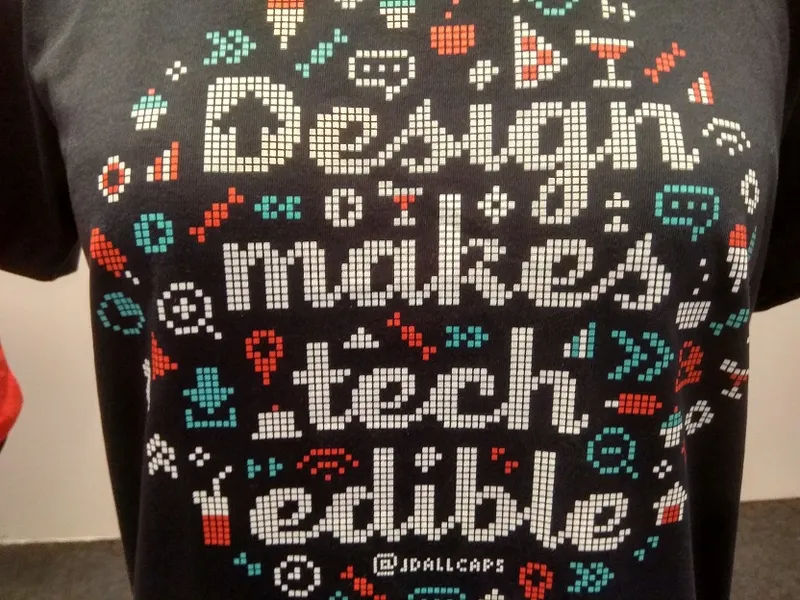
III. Design leadership
A comprehensive hierarchy of design activities and purposes was presented by Hayley Hughes of AirBnB. It consists of three layers: UI, components and human effort; services and human experience; and business models, values and human rights.
At the highest levels, design should be respectful of differences and support human rights and tolerance. “Like a journalist, the designer must ask the right questions,” advised Hayley. They should reflect on potential biases, assumptions and obligation to fairness.
Design should represent the diversity of the real world. Hayley drew on Margaret Gould Stewart’s model of the four quadrants of design responsibility, based on factors like pixel, individual, ecosystem and humanity.
The sense of higher purpose also evolves along a designer’s career. After having worked in startups, MNCs and investing firms, Daniel Burka left to head design at the non-profit organisation Resolve to Save Lives. It works on wellness habits and campaigns for reducing the millions of annual deaths due to hypertension, in countries like India.
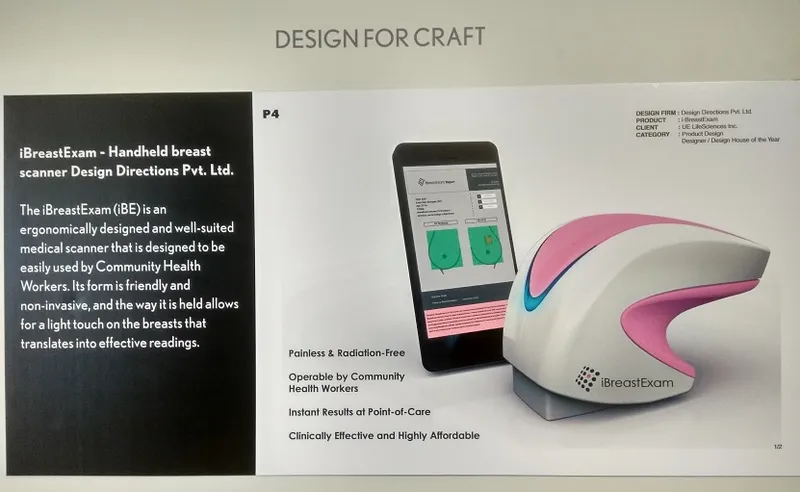
At this stage in his career, Daniel said he prefers to tackle “hard hard problems.” This is addressed using techniques like design sprints, and requires dealing with unexpected feedback and even criticism from end-users.
It is challenging to design for mass communities, and for communities of experts, Daniel, explained, drawing on his 20+ years of experience. There is no final design; it is better to waste a little early on than waste a lot later, he joked.
Scalable design for inclusion in India also requires understanding the diversity, disparity and digital needs of citizens. Sahil Kini, India Stack evangelist, highlighted design considerations for the new wave of Indians coming online: minimise storage, use sachet units, allow for uneven cash flows, use voice, and focus on local languages and heritage.
The middleman will still play a major role in India, Sahil predicted. He advised designers to tap into layered innovation models such as India Stack. It is crucial not to vacate design, or for that matter, politics in India, he summed up, pointing to Nandan Nilekani, M. Viswesaraya and E. Sreedharan as success stories.








